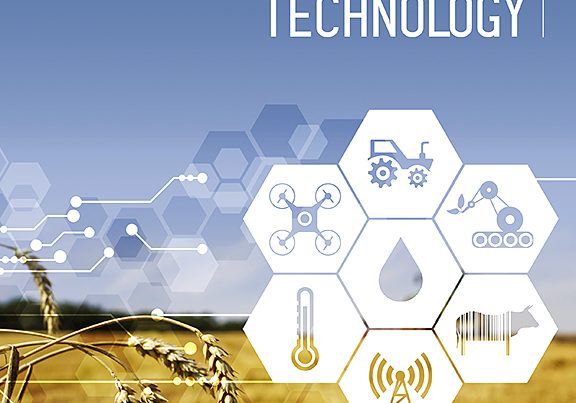Document type : Article published in Futura
Author: Nathalie Mayer
Preview: Horses could perhaps be described as the "noblest of conquests" achieved by mankind. At our side for thousands of years, they lend us their strength wherever we need it. They have pulled farm machinery in the fields, they have carried us miles on the roads. In the Middle Ages, they were faithful steeds ready to charge at a full gallop. Nowadays, they participate in animal therapy sessions to help humans to regain certain lost physical functions or to restore lost confidence. They do so by drawing on the particular skills that may well have developed through their contact with humans. These social skills are what we focus on today.
Because intelligence is not just about knowing how to count or understanding the principles of physics. It's about knowing how to use a tool or how to implement strategies. Intelligence is also about being able to read the emotions of others and understand their intentions. The first thing to note about horses is that they live in groups. Some horses form family groups such as the famous "harems" containing a stallion, his mares and young horses. Single males also live in groups until they can form their own harems.
Within these groups, horses know how to create complex social relationships on more than one level. This bears some resemblance to the ways that human families come together in communities, in cities and countries, for example. Despite this, horses still retain a certain independence. Different groups of horses can thus be brought together to form herds where the groups still retain their identities. As an example, the largest harems occupy a central position in the herd while bachelor groups are confined to the periphery.
Experiencing and sharing emotions
But that is not all. Horses are also capable of feeling emotions. You can see it on their faces. Ethologists tell us that a raised upper lip, for example, can express a very positive emotion. If a horse's eyes are opened wide with drawn corners, and it shows its teeth, this can indicate discomfort.
And horses are also able to share emotions in what scientists describe as "emotional contagion".






